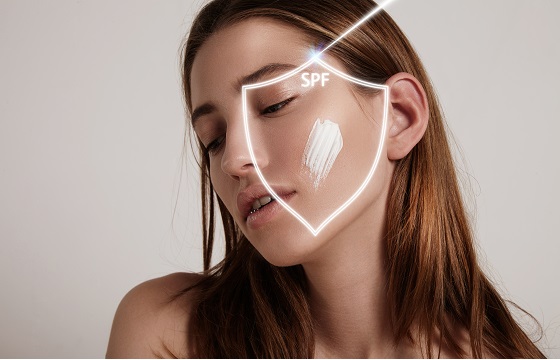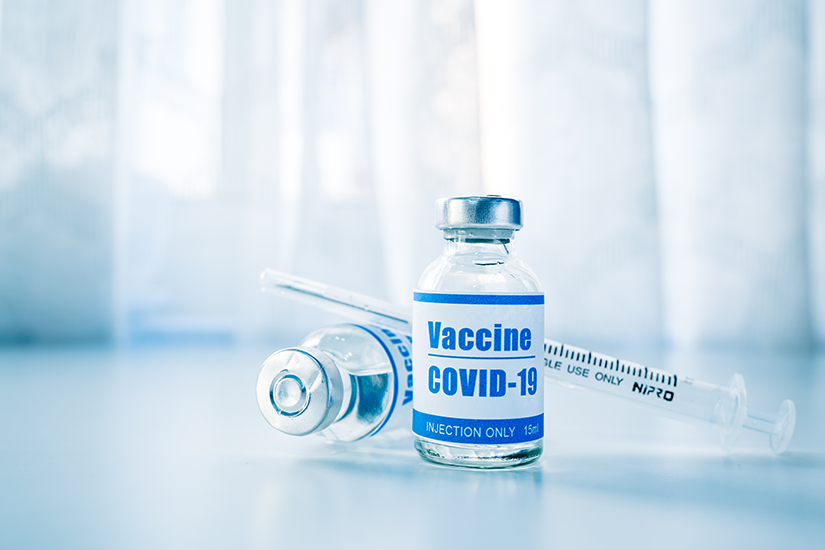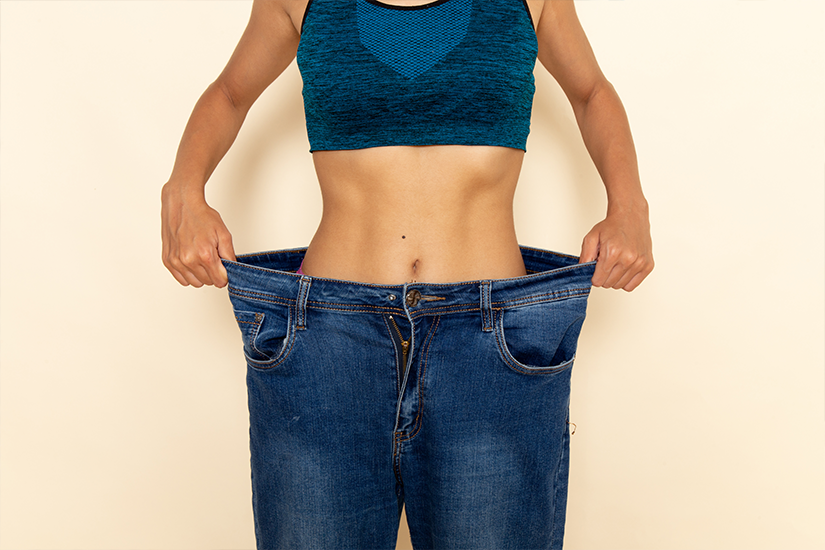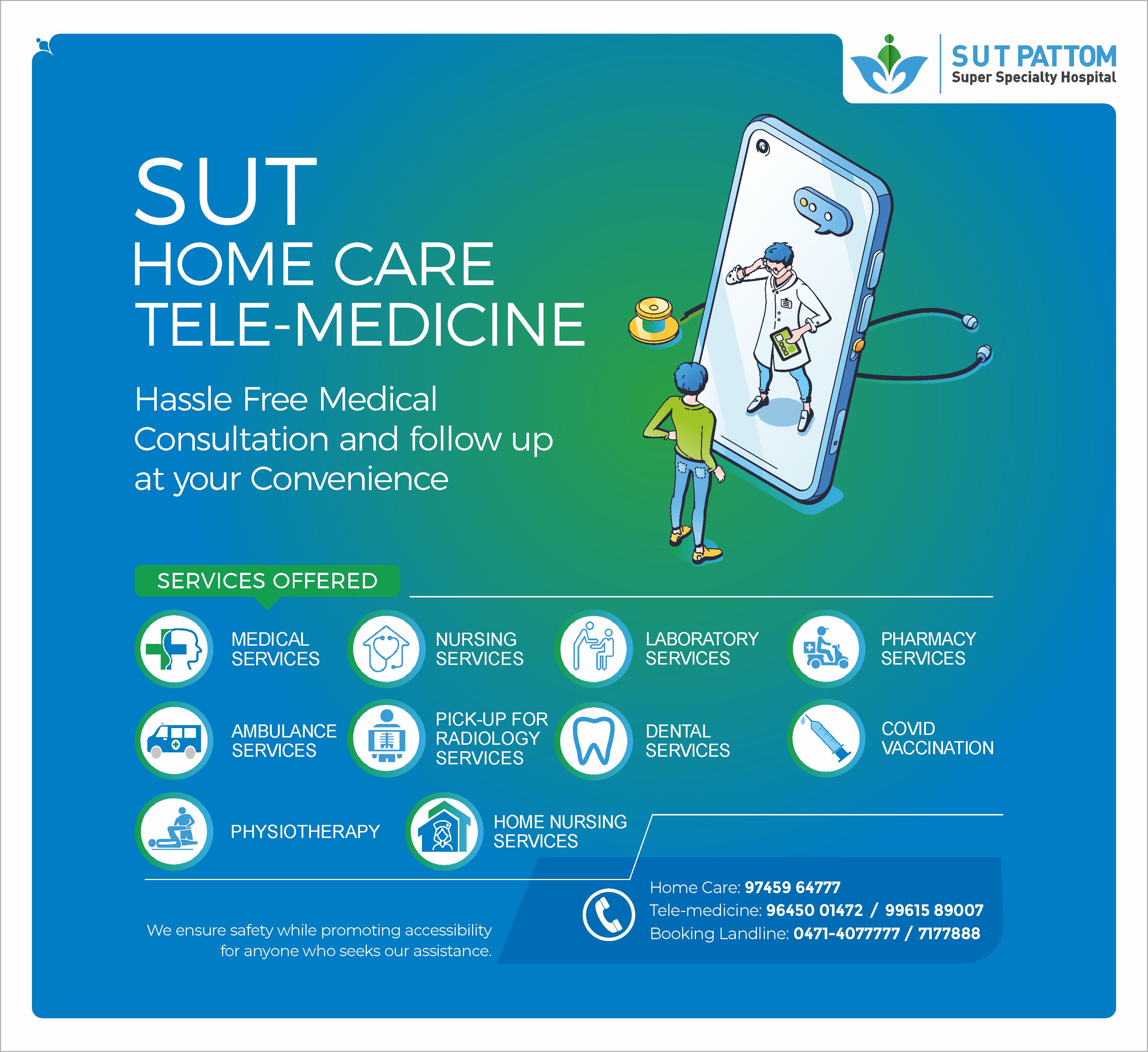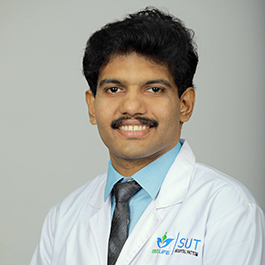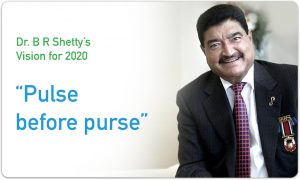- Emergency Ambulance Services
- 8606811111
- 0471-4077777, 0471-7177888
- gro@sutpattom.com
How to choose an appropriate Sunscreen?
Dr. Shalini V R, Consultant Dermatologists & Cosmetologist, SUT Hospital, Pattom
Usually the first thing to look for on a good sunscreen packet is ‘Broad Spectrum’.
What is Broad spectrum in sunscreen?
It is a sunscreen that contains chemical and physical components to provide complete protection from UVA & UVB (Ultraviolet A &Ultraviolet B) rays. A chemical sunscreen absorbs sunlight and releases it as heat, thus protecting cells from damage. Chemical sunscreens commonly contain Cinnamates, Salicylates, and Benzophenone. A physical component protects skin cells by reflecting sunlight, physical sunscreens contains Zinc oxide and Titanium dioxide.
What is ‘SPF’ found in a sunscreen packet?
SPF or Sun Protection Factor protects against UVAB radiations. It ranges from 15 to 100. A sunscreen with SPF 30 is ideal for Indian skin. This is because SPF 15 – provides 93% protection while SPF 30 – 97% and SPF 50 – 98% protection. The protection level increases with increase in protection factor.
Protection grade of UVA (PA++) implies protection from UVA radiation. If the PA is 2+ provide moderate protection, 3+ implies high protection and 4+ indicates very high protection.
If a sunscreen claims water resistant or waterproof or sweat resistant on the packet, it should provide the following protections.
Water resistant – provides additional 40 minutes protection from the sun after skin gets wet or sweat.
Waterproof – protection lasts for at least 80 minutes after skin gets wet or sweat. Sunscreen should be reapplied after the prescribed time.
Many sunscreens available in the market now have a blue light filter. It contains a component that resists High energy visible light or Blue light that emits from our screen (Mobile / Computer). Physical factors in sunscreen provide protection from blue light.
Sunscreen application tips
1. Age
Sunscreen is not recommended for children under 6 months of age. They need to be protected from the sun. Those above 6 months can use physical sunscreen. Even older children can use chemical sunscreen.
2. Skin Type
a) People with acne – Use gel type sunscreen.
b) Those with dry skin – Use cream and lotion type sunscreen.
c) People with sensitive skin – Use physical sunscreen.
3. Sunscreen application guidelines
- Apply sunscreen half an hour before get exposure to sunlight. A sunscreen with only physical components can be applied just before going outside.
- 3ml or 3/4 teaspoon of sunscreen should be applied to the face and neck.
- Apply sunscreen to all areas exposed to the sun, such as neck, arms, and upper part of the foot.
- Wear physical sunscreen like a coating. Apply chemical sunscreen thoroughly and massage to absorb into the skin.
- Reapply sunscreen after 2 – 3 hours and also if gets wet or sweat.
- Apply sunscreen even inside a room. It protects the skin cells from the rays coming in through the window, the rays from the tube light and blue light.
In addition to the above mentioned tips, use an umbrella to protect yourself from the rays of sun when you go out, and drink plenty of water frequently.

